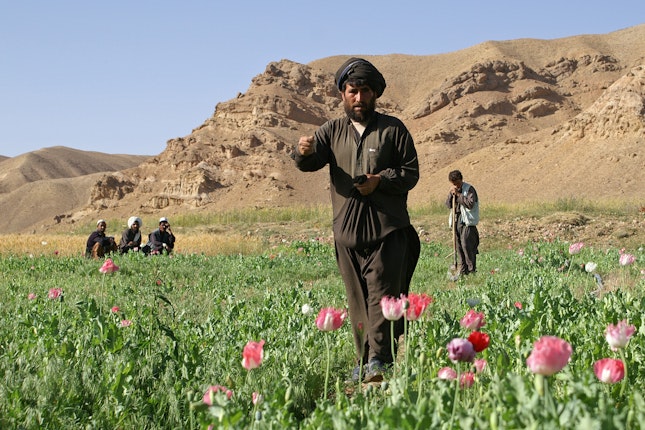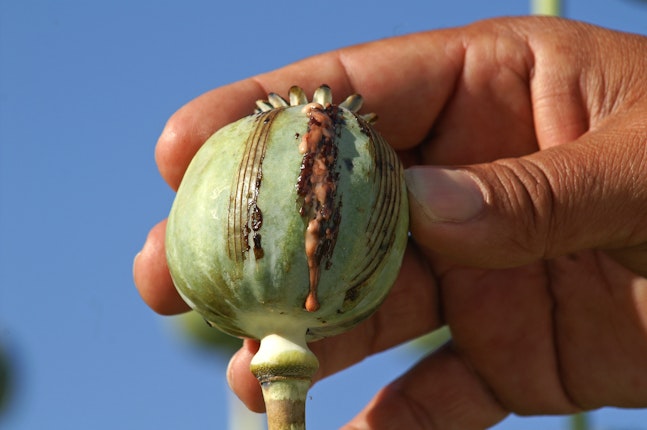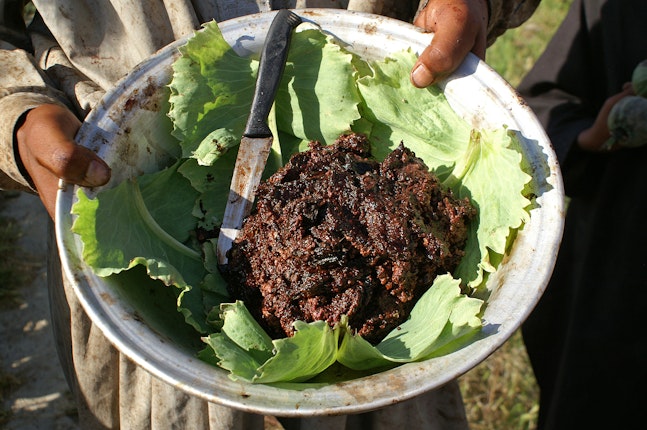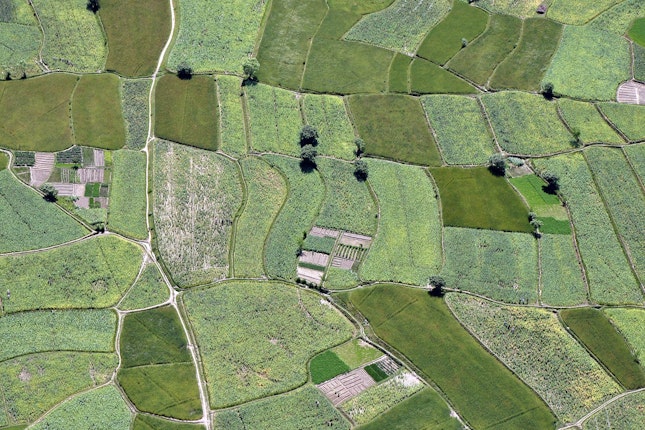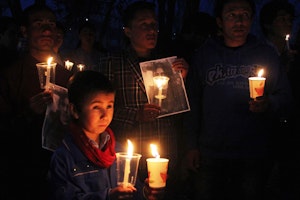A Flourishing in the Deserts of Afghanistan. But for How Long?
By David Mansfield
When Mohammed Khan first moved north of the Boghra Canal in Afghanistan 15 years ago, the area was nothing but sand. Arriving from the more populous, irrigated areas of central Helmand, he saw the collapse of the Taliban regime as an opportunity to grab what was officially government land and claim it as his own.
With an abundance of sweat and effort, Khan sank wells deep into the ground, cultivated crops, raised livestock, and made the desert home for himself, his wife, and their six children. Over time, other families followed suit and began to settle these former desert lands in droves, slowly transforming the physical geography of the region.
Subsequent waves of migration to the desert area were mostly driven by the fighting between NATO, Afghan, and Taliban forces, as well as efforts by the Helmand government to ban poppy cultivation. Ironically, despite the anger at authorities for the opium ban, it was in fact illegal poppy that provided the means by which to settle these former desert areas. This illicit opium, and the price premium it fetched, provided the displaced farmers with the capital required to establish their wells, cultivate new lands, and feed their families and livestock.
The inflow of people was such that by 2013, there was an extra 300,000 hectares of agricultural land in southwestern Afghanistan alone, compared to 2003.
But the massive influx has not come without cost. The first settlers dug shallow wells tapping into underground water supplies. Today, much deeper wells powered by imported solar technology are draining the water table. But because of much lower input costs associated with this technology, the financial payoff means Khan and his fellow farmers have very little incentive to address the issue.
What are the implications for the estimated 1.2 million people currently living in the region when the water runs out? What will happen when the desert asserts its presence once again? This is the subject of an exhibition of photos and objects presented at the London School of Economics Literary Festival running from February 20 to 25.
The exhibition, cohosted by the think tank LSE IDEAS, features satellite images of the changing landscape, photos of Mohammed Khan and others I met in Afghanistan, and displays of some of the tools of their trade, such as solar panels and herbicides.
This year’s festival theme focuses on revolutions, and the exhibition aims to show that the scale of change in Afghanistan is an environmental revolution. The human stories at its heart are an example of how sustainable development must be the central goal of effective drug policy.
David Mansfield and LSE IDEAS are grantees of the Open Society Foundations.
Learn more and visit the exhibition at the London School of Economics Literary Festival.
David Mansfield is a visiting senior fellow at LSE IDEAS.
